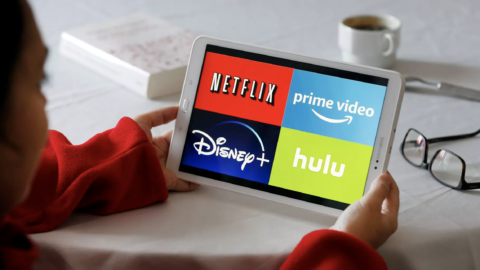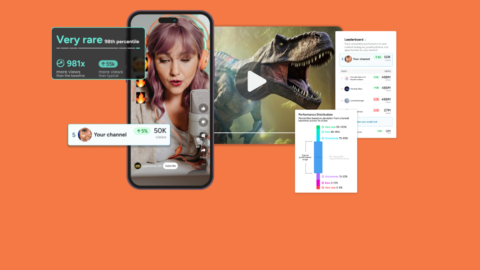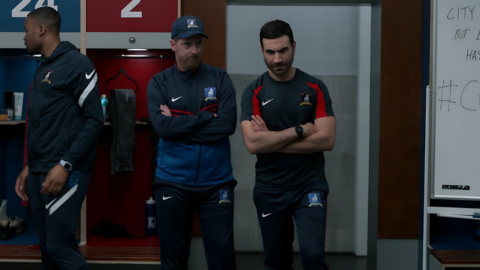In today’s entertainment landscape, brands play a key role in cultural conversations. Take Netflix’s hit show Stranger Things—the appearance of a KFC bucket wasn’t random. It was product placement, a strategy brands use to connect authentically with audiences. But how exactly does product placement work, and why is it so effective? Let’s explore how integrating brands into entertainment drives real results.
What Is Product Placement?
Product placement promotes brands by featuring their products in movies, TV shows, and streaming content. Done right, product placement feels natural within a storyline, keeping viewers engaged while delivering significant benefits for brands.
General Mills used product placement to connect with hard-to-reach audiences by featuring Cheerios in popular TV shows. By associating their product with relatable characters and plotlines, they boosted their cultural relevance and influenced consumer behavior, leading to increased sales and brand perception.
Other Terms for Product Placement
Product placement is often referred to as brand integration. Historically, there was a distinction between the two—product placement being unpaid and brand integration being a paid opportunity. Today, however, the terms are used interchangeably in the industry.
Types of product placement
There are four main types of product placement, each serving different brand objectives:
1). Story-Driven Placements: These placements are woven into the narrative, helping to shape the story or define a character. For example, Stranger Things turned Eggo Waffles into a cultural phenomenon through its association with Eleven. Sales surged 9.4% after the release of Season 2.
2). Prop Placements: In this approach, a brand’s product is used as a prop, which can be more cost-effective yet still impactful. For instance, Gentefied featured Hot Cheetos in a scene, increasing purchase intent for the snack by 4%.
3). Branded Content: This involves deeper storytelling, often seen in daytime or late-night programming. It’s ideal for short-term objectives but can be more expensive. Jimmy Kimmel Live! is a great example, partnering with brands like Caesars Entertainment during its broadcasts from Las Vegas.
4). Virtual Placements: Using technology, brands are inserted into content post-production. While quick to implement, virtual placements are often limited in scope and may not have long-term relevance.
Benefits and Brand Safety
Product placement enables brands to connect with audiences in an authentic and immersive way. By embedding products into beloved content, brands can build awareness, drive sales, and increase cultural relevance. Unlike traditional ads that have a limited lifespan, product integrations can live on in perpetuity, continually resonating with viewers long after the show or movie has aired.
Can Smaller Brands Benefit from Product Placement?
Brands of all sizes can see significant returns from product placement. CarMax, the largest U.S. used car retailer, experienced a 20-point lift in brand rating through placements in late-night TV and other programming. Smaller brands like Go RVing also found success, partnering with The Ellen DeGeneres Show for a summer road trip series that generated over 15 million views and 440 million social media impressions.
Is Product Placement Safe for Brands?
Product placement offers a high degree of control over where and how a brand appears, making it a safer option than traditional ads. Brands can avoid inappropriate associations by collaborating with experienced agencies that ensure placements align with their values.
Why Do Productions Prefer Real Products?
Using real products enhances authenticity and can save productions money. For example, Maverick’s Ray-Ban sunglasses in Top Gun became iconic—something that wouldn’t have been possible with generic props. Real products elevate the viewer’s experience and add to the storytelling.
Measuring Effectiveness and Timelines
Brands can track product placement performance through several measurement tools:
1). Attribution Reports: These connect sales or web traffic data with audience exposure, helping to assess lift in sales or visits.
2). Brand Lift Studies: Custom research can measure the impact of integrations on brand recall, opinion, and purchase intent.
3). Media Mix Modeling (MMM): This analyzes the effectiveness of product placement within a broader marketing strategy.
4). Earned Media Value: This quantifies the monetary value of product placement based on the equivalent cost of paid media exposure.
What Is the Typical Timeline for Product Placement?
Product placement requires careful planning but offers long-lasting benefits. Timelines can vary:
- 3-6 months for daytime and late-night TV shows
- 3-9 months for broadcast and cable TV
- 6-12 months+ for streaming and premium cable
- 12-15 months for feature films
What Does the Approval Process Look Like for Brands?
Both brands and production partners aim for successful, authentic placements. By working closely with agency partners, brands can target opportunities that align with their KPIs and brand guidelines. While brands don’t have final approval on content, integrations will meet mutually agreed-upon criteria outlined in contracts.
Working with Agency Partners
Partnering with a product placement agency can be crucial to success. Agencies leverage deep industry relationships and expertise to secure prime placements that align with a brand’s goals. They provide detailed reports and insights to ensure a brand’s strategy is continually refined and optimized.
How Do Agencies Secure Premium Placements For Brands?
The best product placement agencies have established connections within the entertainment industry. They use these relationships to identify content opportunities that fit a brand’s objectives and audience. By working with agencies, brands can ensure placements are authentic, effective, and well-aligned with marketing goals.
Is There a Guaranteed Amount of Screen Time?
Product placements don’t come with guaranteed screen time, as it depends on the story and context. However, brands can work closely with agencies and production partners to maximize the value and visibility of their placement.
Can Brands Choose Specific Productions or Actors?
Successful product placements focus more on aligning content with a brand’s goals, rather than targeting specific actors or shows. An agency partner can help source opportunities that meet a brand’s preferences and objectives. Some of entertainment’s most iconic productions are ones that people didn’t see coming.





